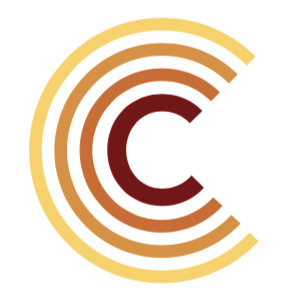Contents
Full Table of Contents¶
This is the documentation for Clawpack Version 5.6.0. For documentation corresponding to older versions see the list of past releases in the menu to the left. The future version refers to new documentation for features that have been merged into the master branch of a Clawpack repository, but have not yet been released. To use one of these features, see Installation instructions for developers.
What’s New?? For release notes, summaries of changes between releases, and links to all the Github commit logs, see Releases of Clawpack and release notes.
Classic, AMRClaw, and GeoClaw¶
Using the Fortran codes¶
General information that applies to Classic, AMRClaw, and GeoClaw.
- Testing your Fortran installation and running an example
- Fortran version
- Fortran Compilers
- Fortran 77 vs. Fortran 90 files
- User files required for the Fortran code
- Using OpenMP
- Timing Statistics
- Python Hints
- Clawpack Makefiles
- Library routines in Makefiles
- Application documentation
- Specifying classic run-time parameters in setrun.py
- Sample setrun.py module for classic Clawpack
- Boundary conditions
- Output data formats
- The mapc2p function
- Checkpointing and restarting
- Creating a new application directory
- Saving and sharing results
- Using the GPU version of Clawpack
AMRClaw: adaptive mesh refinement¶
- AMRClaw
- AMRClaw for 1d problems
- Specifying AMRClaw run-time parameters in setrun.py
- Sample setrun.py module for AMRClaw
- Adaptive mesh refinement (AMR) algorithms
- AMR refinement criteria
- Specifying flagregions for adaptive refinement
- Ruled Rectangles
- Guiding AMR with adjoint flagging
- Gauges
- Lagrangian gauges for particle tracking
- Doxygen documentation of AMRClaw
- AMRClaw Flowcharts
GeoClaw: geophysical flows¶
- GeoClaw
- Getting started with GeoClaw
- Cautionary Hints on using GeoClaw
- Topography data
- Grid registration
- Python tools for working with topo and dtopo
- Specifying GeoClaw parameters in setrun.py
- Plotting routines for GeoClaw
- Visualizing GeoClaw results in Google Earth
- Quick start guide for tsunami modeling
- Quick start guide for storm surge modeling
- Earthquake sources: Fault slip and the Okada model
- Setting sealevel
- Set Eta Init – spatially varying initial surface elevation
- Manning friction term
- Fixed grid output
- Fixed grid monitoring
- Some sources of tsunami data
- Sources for Storm Surge Data
- Marching Front algorithm
- Force Cells to be Dry Initially
PyClaw¶
Riemann¶
All Clawpack packages make use of the same collection of Riemann solvers.
See also the new book Riemann Problems and Jupyter Solutions, soon be published by SIAM, which consists of a set of Jupyter notebooks illustrating the basic concepts of Riemann problems and approximate solvers.
Migrating applications from older versions of Clawpack¶
If you are looking to run an application that was written for Clawpack 4.x, this may be helpful.
